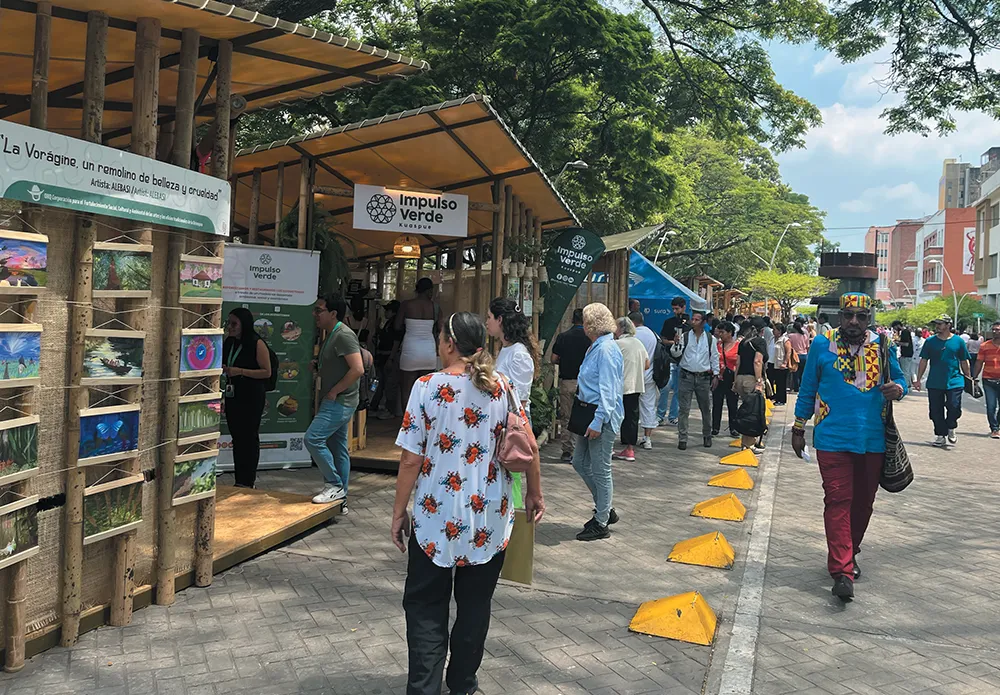At COP16 in Cali, Colombia, BCI played a pivotal role in aligning bat conservation efforts with global sustainability goals.
“BCI staff broadened our network of conservation-focused groups and potential project partners,” says BCI Chief Scientist Winifred Frick, Ph.D.
BCI organized its first-ever side event at COP16, titled “How Bat Conservation Contributes to Global Biodiversity and Sustainable Development Goals.” This presentation underscored bats’ essential contributions to ecosystems and the pressing need to integrate local communities into conservation initiatives.
“BCI brings a unique expertise by being the only global NGO with a focus on bats,” says BCI Chief of Strategic Partnerships Mylea Bayless, who presented alongside Frick. “Our approach to species conservation emphasizes the co-benefits to people and the importance of including local communities in conservation efforts.”
Additionally, the event highlighted the intersections of bat conservation with the UN’s biodiversity framework and Sustainable Development Goals. This type of engagement is critical for ensuring bats are included in broader conservation dialogues, particularly given the biodiversity crisis’s global scale.
“The scale of the biodiversity crisis is global, and the response requires global collaboration and networks of conservation practitioners, scientists, governments, and local communities all working together,” Frick says.



